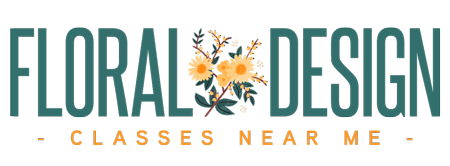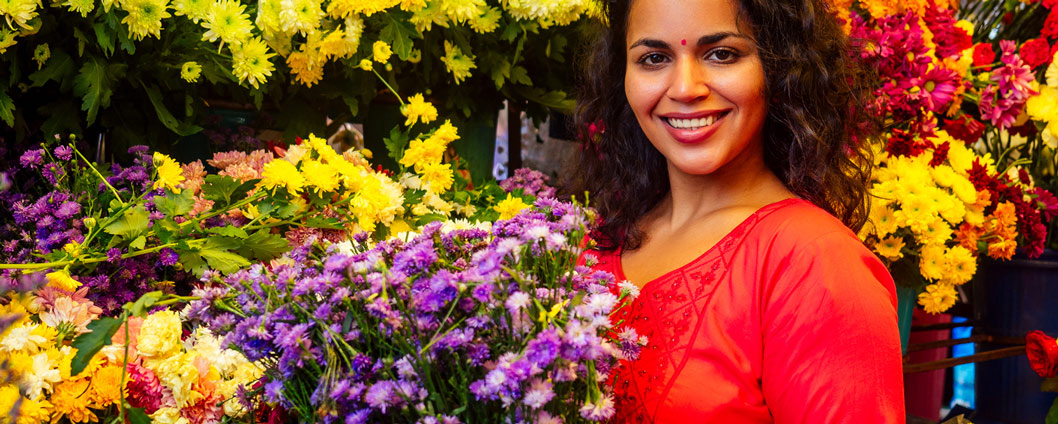Mastering the Art of Pricing Your Floral Designs
Creating breathtaking floral designs is your passion, but running a successful business requires more than just artistry. Knowing how to accurately calculate costs and set profitable prices is essential for sustainable growth. Underpricing can lead to financial strain, while overpricing can deter potential clients. Let’s delve into the strategies for pricing your floral designs for success.
Why Proper Pricing Matters:
- Profitability: Ensures your business covers its expenses and generates a healthy profit.
- Sustainability: Allows you to reinvest in your business, purchase quality materials, and grow.
- Value Perception: Sets the perceived value of your designs in the eyes of your clients.
- Competitive Edge: Helps you position your business within the market.
- Professionalism: Demonstrates your expertise and commitment to your craft.
Calculating Your Costs:
-
Direct Costs (Cost of Goods Sold – COGS):
- Flowers and Foliage: Track the cost of each stem, bunch, or wholesale purchase.
- Supplies: Include the cost of floral foam, wire, tape, vases, ribbons, and other materials.
- Delivery: Factor in transportation costs, including fuel, mileage, and delivery fees.
- Labor (Direct): Calculate the time spent designing and preparing the arrangements.
-
Indirect Costs (Overhead):
- Rent/Studio Space: Allocate a portion of your rent or studio expenses to each project.
- Utilities: Include electricity, water, and internet costs.
- Marketing and Advertising: Factor in website maintenance, social media advertising, and promotional materials.
- Insurance: Cover business liability and other insurance costs.
- Administrative Expenses: Include accounting, software subscriptions, and other administrative costs.
- Labor (Indirect): Time spent on consultations, admin, cleaning, etc.
-
Calculate Your Total Cost:
- Add your direct costs and indirect costs to determine the total cost of each design.
Setting Profitable Prices:
-
Markup Method:
- Determine a markup percentage that covers your profit margin.
- Multiply your total cost by the markup percentage to arrive at your selling price. For example, Cost * 2 = Retail Price.
- This is a simple method, but ensure your markup covers all business expenses.
-
Value-Based Pricing:
- Consider the perceived value of your designs, your expertise, and the uniqueness of your offerings.
- Factor in the client’s budget and the complexity of the design.
- This approach is useful for high-end designs and custom installations.
-
Competitive Pricing:
- Research your competitors’ prices to understand the market rate.
- Adjust your prices based on your unique value proposition and target market.
- Avoid undercutting prices to the point of unprofitability.
-
Hourly Rate:
- Calculate your hourly rate based on your desired income and business expenses.
- Track the time spent on each project and multiply it by your hourly rate.
- Add material costs and any other expenses to arrive at your selling price.
-
Tiered Pricing:
- Offer different pricing tiers based on the complexity, size, and flower selection of your designs.
- Provide options for clients with varying budgets.
Tips for Effective Pricing:
- Be Transparent: Provide clients with detailed quotes that outline all costs.
- Consider Seasonal Variations: Adjust prices based on flower availability and seasonal demand.
- Factor in Customization: Charge appropriately for unique or complex designs.
- Review Your Prices Regularly: Adjust your prices as needed to reflect changes in costs and market conditions.
- Don’t Undervalue Your Work: Your time, expertise, and artistic vision have value.
- Use Professional Software: Consider using floral design software, or accounting software, that helps with cost tracking, and pricing.
- Create Packages: Bundling popular items can help with sales.
By mastering the art of pricing, you can ensure your floral design business thrives, allowing you to continue creating beautiful arrangements while achieving financial success.




